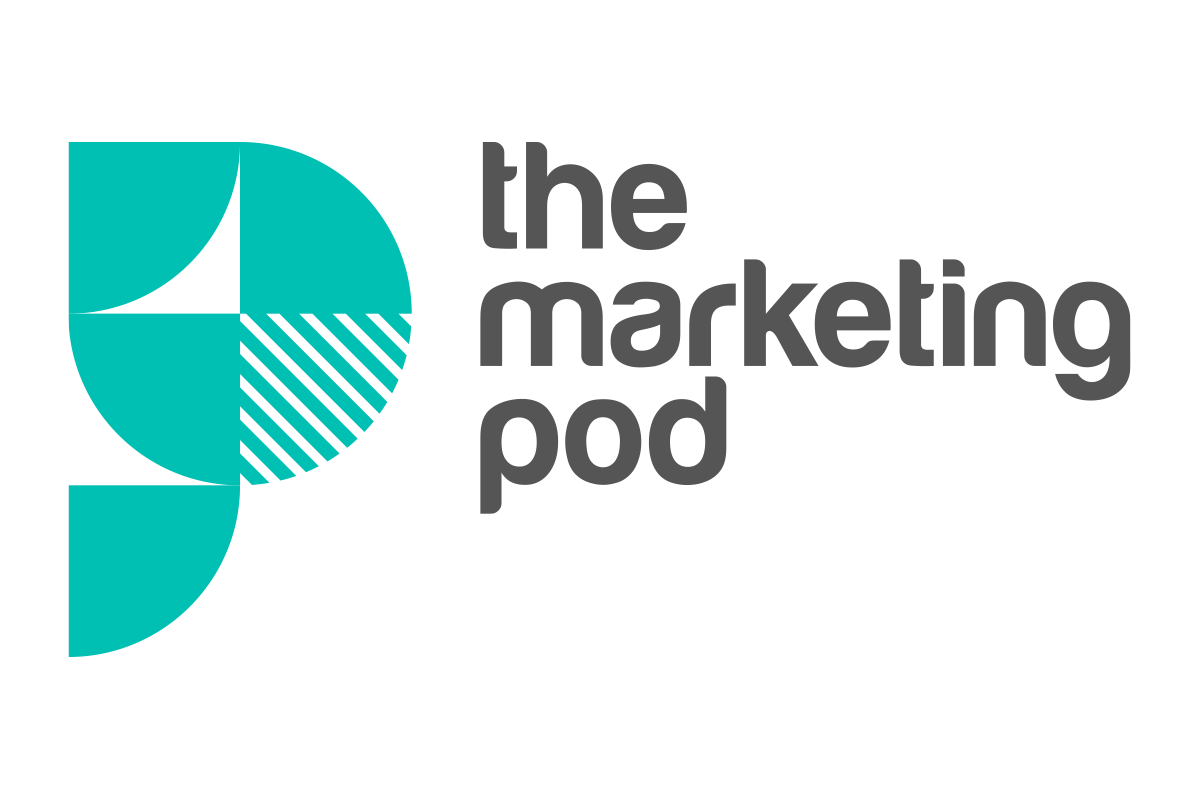Being the glue that holds everything together: Q&A with Kate Garratt, Director of Client Services
In the competitive, high stakes B2B world, ‘trial and error marketing’ simply isn’t a viable option. To thrive, B2B companies need a solid strategy with clear goals and a well-defined plan for reaching them. This is the mantra our client services team lives by.
In this interview, we get to know our Client Services Director, Kate Garratt, and learn her top-tips for excellent account management that helps deliver impactful campaigns, on time and within budget.
What do you love most about account management, and what skills are crucial for this job?
I love being the glue that holds everything together. Good client service is about meeting, anticipating and exceeding client expectations, and it’s always fun to be in the middle of that, spinning the plates to make it happen.
When it comes to skills, I think compassion and empathy are top of the list. Essentially, you need to care about what’s important to your clients and teams. If you do that, you can build brilliant strategies, execute them effectively, and report back accurately.
What do you think makes account management stand out at Pod?
The main thing is client knowledge. We don’t overwhelm our team members with lots of clients. Instead, we allow them to curate their own client portfolio. So, all our account managers are working on topics they enjoy and have time to deep dive into the client’s industry. This helps us devise the best strategic ideas and know what actions will drive the most impact.
What are your first thoughts when devising a strategy for a new client?
It all comes down to purpose. Why are they in business? What’s driving them forward? Who do they care about? From the answers to these questions, you can build strategies with great impact.
The next thing I think about is pragmatism. There is no point in planning to deliver the moon on a stick if the client has no practical way to make the campaign work.
How do you monitor if a marketing strategy is delivering against KPIs?
Reporting is important, but reporting with purpose is paramount.
The reports we create for each client are completely bespoke, with data tailored to their objectives and priorities. For some, a weekly work in progress document is the most valuable planning tool. For others, it might be a detailed monthly content report with playback sessions.
What’s important is learning from the insights these reports provide. For example, I’ve recently been adding a new element to executive summaries on some of my reports, with five marketing ideas derived from the reporting data. In this way, we can ensure that we are continually improving and making data-driven decisions.
Account management can be hectic and stressful. How do you stay organised and prioritise tasks?
Everyone has their own ways to stay on top of the workload, and I encourage my team to find the methods that work best for them.
Personally, I love digital tools. For example, at Pod we use Monday.com, which comes with practical to-do lists where we can annotate each task with the number of estimated hours it will take to complete it. That way, we can look at our teams’ to-do lists and easily see if we’ve planned too much work for the day.
I supplement this with my own personal board on Monday.com, which contains similar timing annotations. One glance at it, and I know if I need to re-prioritise or manage any expectations. I also have a rule with my teams that “if it’s not on Monday.com it won’t get done.” It may sound dramatic, but it’s a reminder for all to use the tools we have and support each other with good workload management and admin.
And if the workload is excessive and we need to prioritise, it’s always important to remember if there are tight deadlines, or if a task can be moved by a few hours or days – and this knowledge comes from excellent client relationships.
Finally, what three words would you use to describe your approach to account management?
Compassionate, diligent and inventive.

